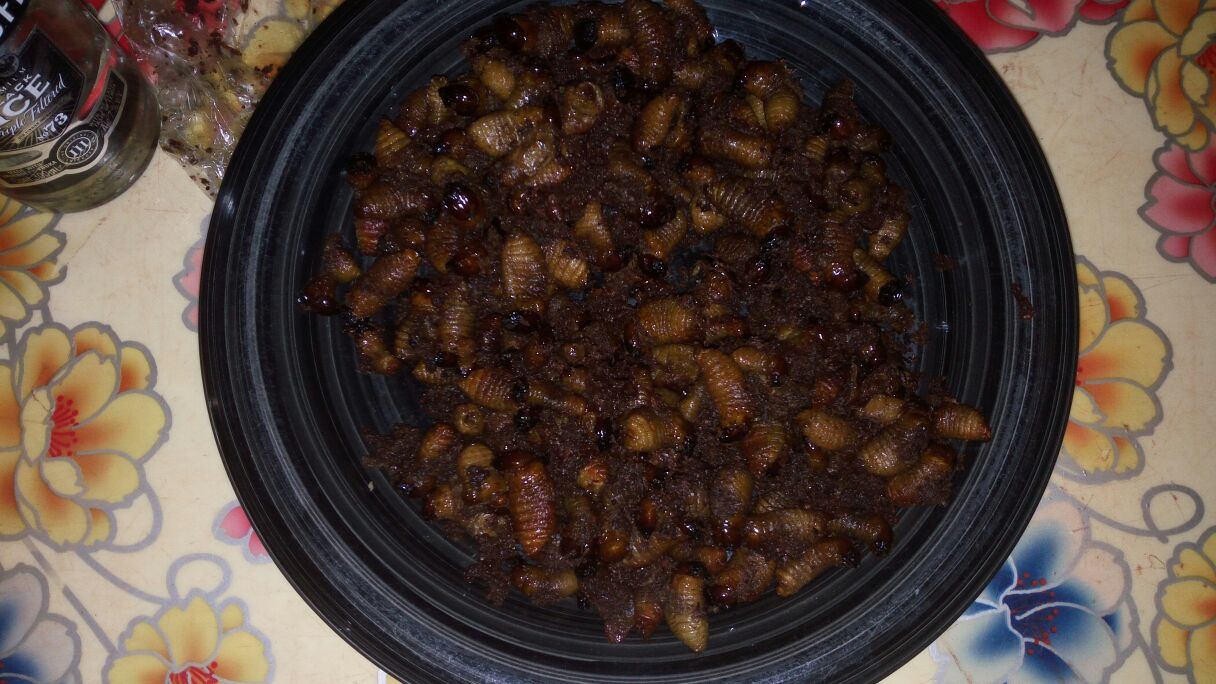Amasiinya: Most Preferred Meal In Kalangala
Submitted by Christopher Tusiime on

When some people hear about Kalangala District, the first thing to come to their minds is a picture of a group of people staying on an isolated water-logged part of Uganda.
But a visit to Kalangala will not only force you to drop your stereotypes about the people on the island, but also make you feel like frequenting your visits to the place, simply because of their rare, most preferred delicious meal - amasiinya!
Amasiinya is a Lussese name given to red beetles also known as edible palm weevils.
On my maiden voyage to Sseses Island, I met a one Augustine Ssemanda who cannot leave without eating on the rare dish. He says that red beetles are mostly found in Ssese because the area is surrounded with water and has more palm trees than in any part of Uganda, which supports the life cycle of these insects.
He adds that for a family to show delight in one’s visit, amasiinya is the first meal offered to that person as a symbol of hospitality and love; just like one goes to Masaka and they are offered chicken.
Bosco Mugerwa, a resident of Kibanga, explains that beetles hutch from rotten palm trees. And it is from there that people hunt for them.
The edible stage of the insect is while at the larva stage. Here they be with with a black head and white in colour. When asked whether they contain any food value, Mugerwa proudly said;
“If chicken contains proteins and people claim its sweet, then amasiinya are sweeter and it’s the only food a person should eat before they die...”
HOW TO PREPARE AMASIINYA
But one may be wondering how to prepare amasiinya. Mugerwa provided the recipe.
“For one who knows how to cook grasshoppers or white ants, palm weevils are simple to prepare,” Mugerwa delightedly says.
“Pour the insects in a saucepan filled with water, get a knife and pierce the beetle's abdomen to remove the fatty parts. Then place on fire and cook for about 30-40mintues depending on their quantity,” he explains.

The price of amasiinya is compared to that of empuuta when in Kampala. In other words they are expensive. One red beetle costs around shillings 500 and a well prepared plate goes for Shs 10, 000.
But despite the price, the people of Ssese swear to continue enjoying their favorite dish, even when they are becoming scarce now.
But before I depart from Mugerwa, he has one lament: “our delicious insects are being exterminated by chemicals spread by BIDCO [a cooking oil making company] which kill these insects, apart from deforestation caused by people looking for settlement. Government should help us.”
- 3249 reads
